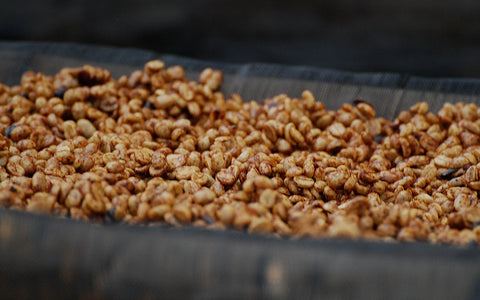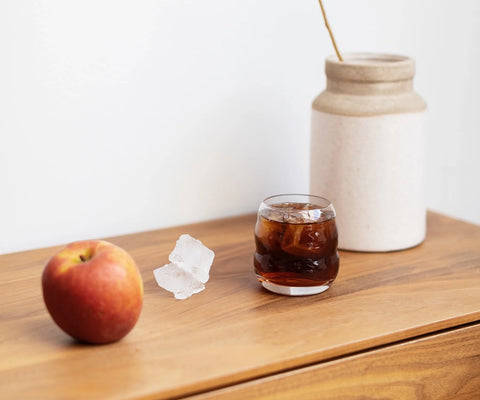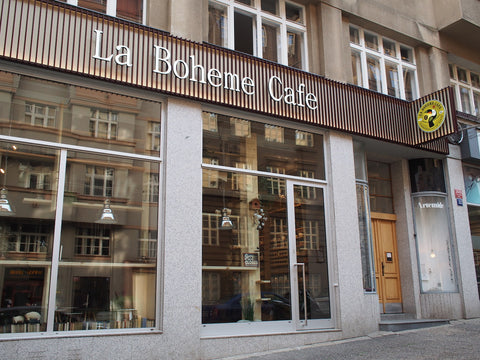The basic principle of honey coffee processing is to collect only ripe cherries. At the end of each harvest, the cherries are collected, crushed (removed from the exocarp) by hand or with the help of mechanical crushers.
However, so-called "mucilage", slime, still remains on the grain. The grains, stripped of the exocarp, are then spread on the so-called "African beds", where they usually remain for 15 to 20 days. During this time, drying takes place, reducing the water content to 11% and decomposition of sugars. During the drying period, however, the beans must be dug up by hand, because the high content of plant mucilage makes the coffee slimy and the beans underneath could become moldy (anaerobic fermentation).
African beds are made from local sources - bamboo, wire mesh, netting and black tarp. At night, the grains are then wrapped and covered with a sheet to prevent unwanted moisture during the night.
The advantage of this method is that it can also be carried out in remote areas and therefore there is no need to transport to an often distant processing plant (unwanted fermentation and potential loss of quality can occur during the journey).
Not a single drop of water is needed for processing! During drying, there is no need for large secadoras de café - dryers, which consume large amounts of electricity and fossil fuels.
Pulped natural – semi washed, wet Hulling (Indonesia)
This way is a mix of wet and dry way. It is very popular in Brazil. In this method of processing, the berries are squeezed between crushing plates to remove the upper part of the skin and part of the pulp (as in the wet route), but fermentation and machine brushing are no longer followed.
Instead, the resulting product is dried in the sun while retaining a large amount of sugar from the berry, and thus a very interesting taste is achieved.
The parchment that remains unremoved on the grain after using any of the three methods mentioned above is removed (peeled) mechanically. This is done either by gently slapping the grains with a custom-made machine, or by using widely spaced millstones.
Special processing methods in Costa Rice
- White honey: 80-90% (or up to 100%) pulp removed
- Yellow honey: 50-75% pulp removed
- Red honey: 0-50% pulp removed
- Black honey: minimum pulp removed
Division based on how much pulp is removed during wet processing.





Comments (0)
There are no comments for this article. Be the first one to leave a message!